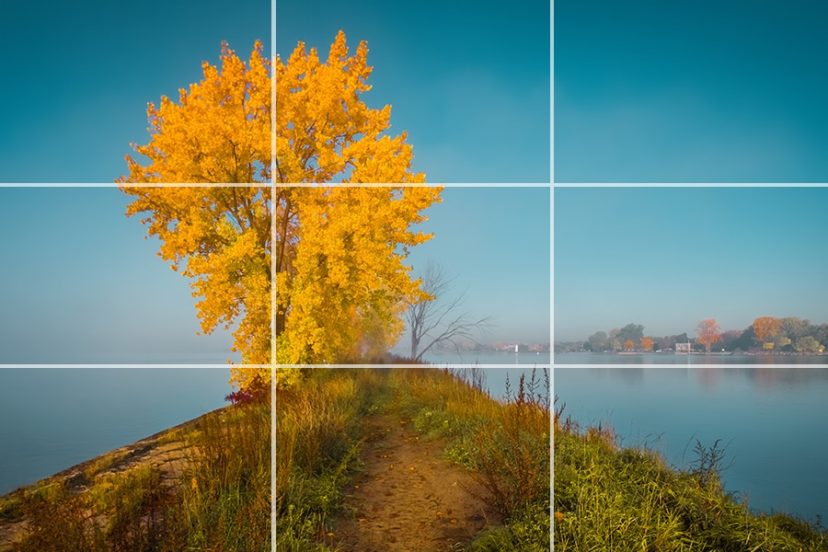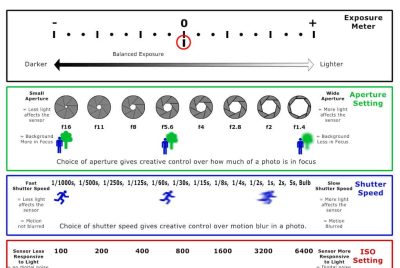The Rule of Thirds in Photography Explained (and When to Break It)
If you want to take your photography from average to eye-catching, mastering composition is key. In this guide, you’ll discover the rule of thirds and creative ways to break it for stunning compositions that feel balanced, emotional, and professional.
What Is the Rule of Thirds?
Understanding the Basic Grid
The rule of thirds divides your frame into nine equal parts—three rows and three columns—using two horizontal and two vertical lines. The idea is to place your subject where those lines intersect.
Why the Rule of Thirds Works
It works because it mimics how our eyes naturally move through an image. Instead of staring straight at the center, our gaze tends to explore points slightly off-center—creating visual interest and harmony.
>>> TODAY’s special camera deals CLICK HERE <<<
How to Use the Rule of Thirds in Photography
Framing Your Subject
When framing your shot, imagine or enable the 3×3 grid on your screen. Place your subject on one of the intersection points—usually along the left or right vertical line—to create a natural flow.
Aligning Horizons and Key Elements
In landscapes, align the horizon with either the top or bottom horizontal line. This creates depth and prevents the photo from feeling split in half.
Using the Grid in Different Genres
-
Portraits: Place the eyes near the top third line for stronger engagement.
-
Street photography: Position subjects along side thirds for storytelling context.
-
Nature or wildlife: Offset animals slightly to leave space for implied movement.
The Science Behind Visual Balance
How Our Eyes Follow Compositions
Studies show the human eye scans photos in a “Z” pattern, landing first on high-contrast areas near the grid intersections. This is why the rule of thirds feels so naturally pleasing.
The Psychology of the Rule of Thirds
Placing the subject off-center adds tension and energy. It makes viewers linger longer, subconsciously feeling that there’s “more” to explore.
Rule of Thirds in Camera Practice
Enabling Grid Lines on Cameras and Phones
Most cameras and smartphones let you display a rule-of-thirds grid in the settings. Turn it on—it’s one of the simplest and most powerful tools for better composition.
Step-by-Step Shooting Exercise
-
Find a subject (a person, tree, or object).
-
Place them dead center—take one shot.
-
Move them to a third line intersection—take another.
-
Compare both photos. You’ll instantly feel how much more engaging the second one is.
Rule of Thirds in Post-Processing
Cropping Techniques for Better Balance
Even if you didn’t nail composition in-camera, tools like Lightroom and Photoshop let you crop according to the rule of thirds grid. A simple crop can completely transform your photo’s impact.
Fixing Off-Center Compositions
Avoid cutting off essential elements like the subject’s eye line or horizon. Use crop overlays to realign and strengthen your composition post-shoot.
Creative Ways to Break the Rule of Thirds
Centered Compositions
Centering your subject can create symmetry and power. This works beautifully in portraits or architecture where balance and form are key.
Using Leading Lines Instead
Sometimes, leading lines draw attention better than thirds. Roads, fences, or shadows can guide the viewer’s eye through the frame intentionally.
Playing with Negative Space
Leaving empty areas in your frame can amplify emotion. Minimalist compositions often ignore the rule entirely but still feel balanced.
Breaking Rules with Purpose
The key to breaking any rule? Do it intentionally. You should always have a creative reason—emotion, storytelling, or visual punch—to justify going beyond traditional structure.
>>> TODAY’s special camera deals CLICK HERE <<<
When Breaking the Rule Enhances Emotion
Tension and Drama in Composition
Placing your subject dead center can create intensity, confrontation, or stillness. It’s perfect for portraits that demand emotional gravity.
Minimalism and Symmetry Techniques
When shooting architecture or reflections, symmetry becomes its own aesthetic rule. Breaking the thirds grid here often enhances visual satisfaction.
Common Mistakes When Applying the Rule
Over-Relying on the Grid
If every shot follows the rule of thirds, your portfolio might look formulaic. Use it as a guide, not a cage.
Misplacing the Subject’s Eye Line
In portraits, beginners often align eyes too high or too low. Keeping them near the top third line creates a natural, pleasing balance.
Practice Ideas for Mastering Composition
Shooting with Intentional Variations
Practice shooting every scene three ways:
-
With the rule of thirds
-
Centered composition
-
Rule-breaking angle
Compare results and study what draws your eye most.
Reviewing Your Photos for Improvement
After shooting, review your images critically. Ask: Does this composition tell a story? If not, adjust cropping or framing to guide the viewer’s focus better.
Conclusion
Understanding the rule of thirds is a cornerstone of composition—but knowing when to bend or break it separates good photographers from great ones. When you discover the rule of thirds and creative ways to break it for stunning compositions, you’ll unlock your true creative freedom behind the lens.
>>> TODAY’s special camera deals CLICK HERE <<<
FAQs
1. Why is the rule of thirds so important in photography?
It helps create natural balance and flow, guiding the viewer’s eyes across the image.
2. Should I always use the rule of thirds?
No! It’s a guide, not a strict rule. Use it when it enhances your story.
3. How can I practice the rule of thirds easily?
Enable your camera’s grid and compose using intersections—experiment often.
4. What are some examples of breaking the rule successfully?
Centered portraits, symmetry shots, and minimalist compositions are great examples.
5. Can I fix poor composition in post-processing?
Yes, with cropping tools and overlays, you can reframe your image for better visual balance.
Further photo tips here:
Leading Lines Photography: Mastering the Art of Visual Direction




